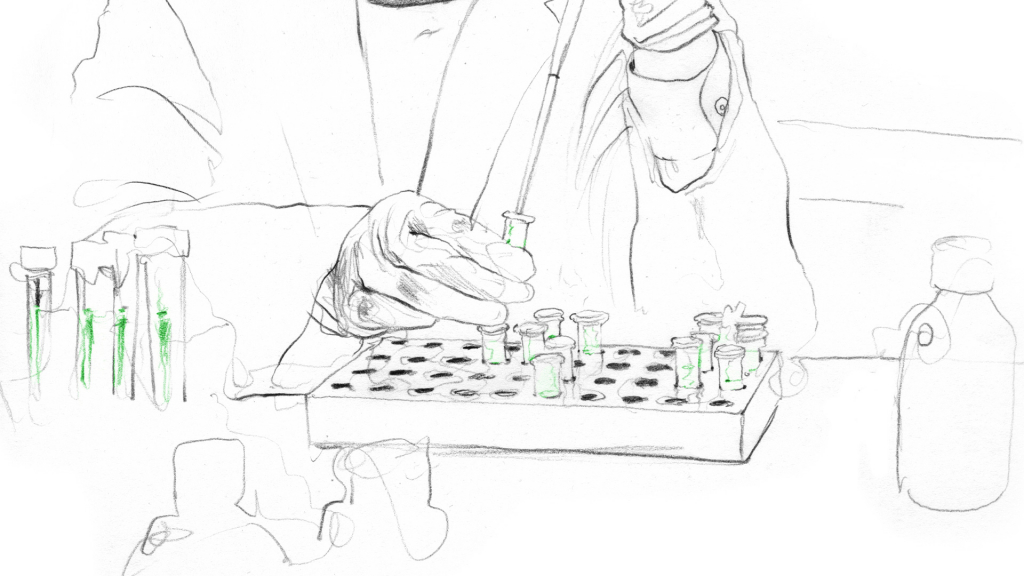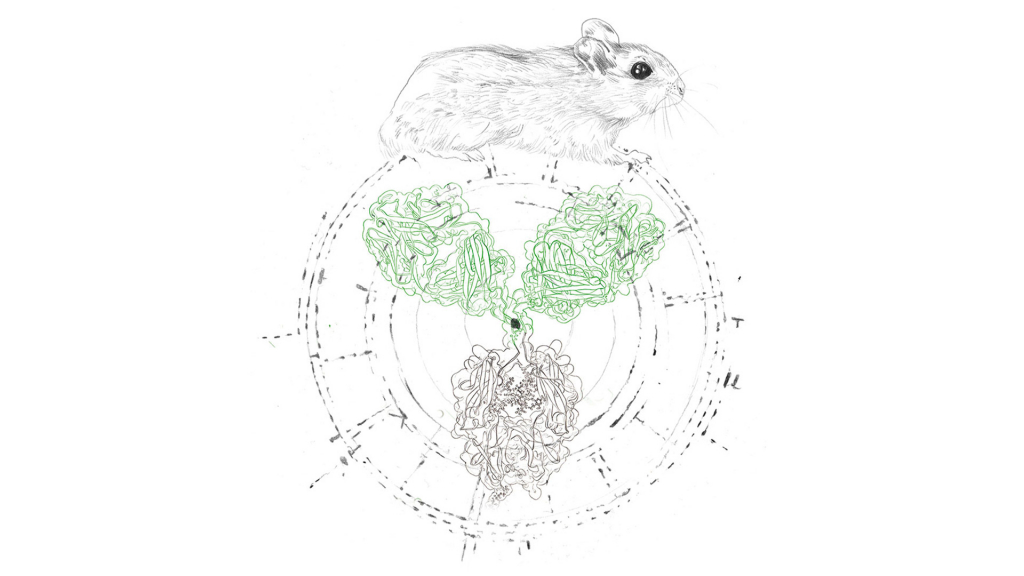Growing mammalian cell culture has become a technique of utmost importance to the biotechnology industry and research in the medical and cell biological sciences. This process has been established and refined in the last 50 years.
Mammalian cell culture generally involves the maintenance of conditions to facilitate cell growth outside of animal tissues to generate large numbers of identical cells.
Such cell populations are important tools to produce high-value goods in the biotechnology industry, such as immunotherapeutics and vaccines, and in research pertaining to medicine and biology.
This article will introduce you to the process of mammalian cell culture and highlight several key techniques needed to sustain viable mammalian cells.
Subscribe to our Newsletter
Get all the latest updates, and learn about our advancements in antibody production.
Subscribe now
Native mammalian cells reside in a complex matrix consisting of structural proteins and neighboring cells. They are supplied with numerous nutrients, vitamins, minerals, hormones, co-factors and oxygen, while degradation products and CO2 are continually removed.
Cell culture, and mammalian cell culture in particular, is the technique of mimicking this environment in a growth medium in the laboratory to ensure the healthy growth of cells outside of their natural tissue.
Growth of cell culture means that the cells divide and multiply into healthy identical specimens such that the number of cells increases exponentially.
This ability to use cell cultures to continually produce a large number of identical mammalian cells has proven indispensable for research in cell biology and medicine.
The biotechnology industry relies on cell cultures to generate important high-value goods in large volumes such as:

Mammalian cells are quite picky with regard to their surroundings. Some cell types grow in suspension (they float freely in the medium), while tissue-derived cells adhere to a suitable surface and grow in layers.
Cell cultures need conditions as close to their physiological environment as possible: temperature of 37°C, pH 7.4, sufficient nutrient levels, various minerals and vitamins, and sufficient levels of oxygen and carbon dioxide. The issue of growth media will be further expanded below.
This environment is also ideal for bacteria and fungi, therefore aseptic conditions must be ensured.
Laminar flow hoods provide a constant flow of filtered air to reduce the immission of particles onto the workspace. UV light is used at regular intervals to destroy microbial contaminants on the hood surface.
Only immediately necessary and desinfected working materials are brought into the hood to keep the workspace clean and free from clutter.
The actual manipulations involving the cell cultures are done as fast as possible to minimize potential exposure, which also reduces the time the cells leave their comfort zone of 37°C and 5% CO2.
Growing mammalian cells in the laboratory relies on keeping the cell culture in a viable environment. The basis is a suitable cell growth medium, i.e. a pH buffered sterile aqueous solution of nutrients, minerals, vitamins, co-factors, and hormones that cells need to live on.
It is crucial to keep the growth medium sterile to avoid contamination with microbes or other cells. The exact composition of a growth medium depends on the cell line’s individual requirements.
Cell culture media for mammalian cell culture are complex mixtures to mimic physiologic tissue conditions. Typical media are either derived from animal plasma (bovine, equine and porcine) and supplemented with necessary ingredients, or prepared from the pure chemicals.
Using an animal derived cell growth medium always bears the potential risk of contamination with viruses or prions, and therefore their use is minimized in the production of medicinal products for human use.
Typical constituents of a cell culture medium are:
Mammalian cell cultures should be checked regularly (ideally daily) for their viability as a measure of quality control. Working with unnoticed unhealthy cell cultures must be avoided to maximize productivity and reduce the risk of cross-contaminations.
A first visual warning sign is the color of the cell culture media: a discolored dye indicates a detrimental pH environment.
Cells should routinely be checked under a microscope for their morphology and growth rate. Healthy adherent cells should appear adherent, depending on the type of cell. Cells that grow in suspension should be treated with reagents to dissociate clumps and then show circular morphology.
Splitting cells is key to maintain ideal growth conditions. Since high cell densities increase contact inhibition, it is advisable to split cells regularly well before 90% confluence is reached. Depending on the inherent doubling time of a cell line, a routine schedule should be established.
As an example, CHO cells double every 14-24 hours, depending on the exact culture conditions, therefore sub-culturing should be performed by diluting into fresh medium every 3-4 days.

Cell lines for mammalian cell culture are immortalized cells derived from mammals that have the ability to divide and grow indefinitely.
Today, numerous cell lines from many organisms are routinely used for cell cultures, e.g. human, primate, mouse, rat, hamster.
The first human cell line, termed HeLa, was derived from a cervical cancer sample and has since been used extensively in research and most notable in the development of the polio vaccine that led to the eradication of poliomyelitis.
The HEK cell line stems from a human embryonic kidney sample was developed in the 1970s. It is a popular cell line due its relative ease to culture and use in experiments. They are an important tool in studies in medicine, drug development and used in the biotechnology industry to generate therapeutic proteins and viruses.
Probably the most important cell line for biotechnology applications is the CHO cell line, derived from chinese hamster ovary cells. They are robust, relatively easy to culture and manipulate. Learn more on CHO cells antibody production.
Many CHO types with very useful properties have been developed, e.g. lacking essential enzymes to select for successfully transfected cells, that have been equipped with a gene of interest along with the gene for the enzyme.
Moreover, CHO cells have the ability to produce very high yields of proteins and as such are ideal cells for the industrial production of therapeutic recombinant proteins.
Today, the ability to culture CHO cells is crucial in the large-scale generation of high quality recombinant antibodies and the fast majority of commercial biologic products is produced in CHO cells today.